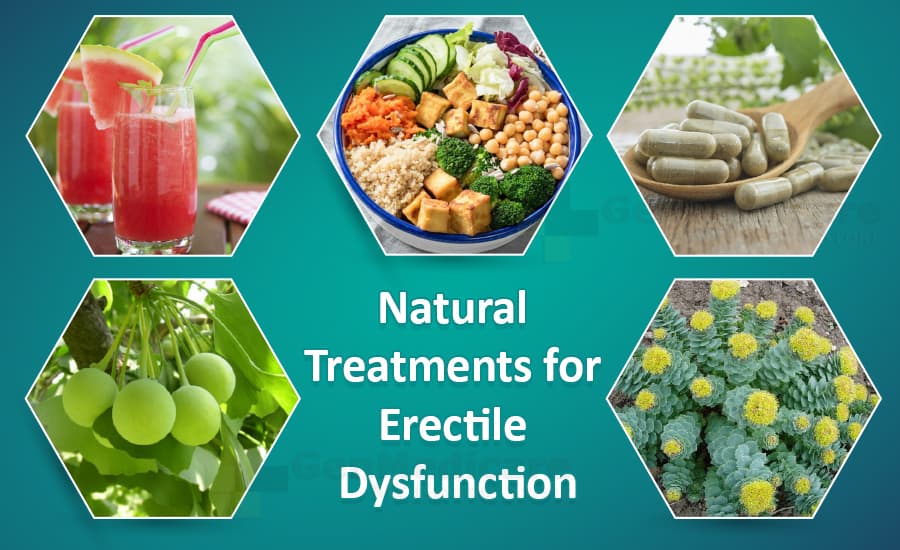
milesojeda5481
About milesojeda5481
Innovative Green Applied Sciences Revolutionize City Dwelling
In an age the place climate change and environmental degradation dominate world discussions, cities world wide are more and more turning to progressive inexperienced applied sciences to reinforce urban residing. These advancements not solely purpose to cut back carbon footprints but also to enhance the standard of life for residents. From sensible energy methods to vertical gardens, city areas are undergoing a transformation that promises a extra sustainable future.
One of the most important developments in city sustainability is the rise of good energy systems. Cities at the moment are leveraging technology to optimize power consumption and reduce waste. Good grids, for example, enable for actual-time monitoring of energy use, enabling shoppers to adjust their habits based on peak demand times. In cities like San Diego and Amsterdam, residents are being inspired to adopt power-efficient appliances and photo voltaic panels, which not solely decrease utility bills but also contribute to a greener environment.
Moreover, the mixing of renewable power sources is changing into commonplace. Many city areas are investing in photo voltaic farms and wind turbines, harnessing natural resources to power houses and businesses. These initiatives have been particularly profitable in cities like San Francisco, the place native authorities insurance policies incentivize the usage of renewable power. Because of this, town has seen a big reduction in greenhouse fuel emissions, setting an instance for others to follow.
Along with vitality improvements, urban agriculture is gaining traction as a method to enhance meals security and cut back transportation emissions. Rooftop gardens and community farms are sprouting up in cities worldwide, offering fresh produce to residents while utilizing in any other case unused areas. In New York City, as an example, initiatives like the GreenThumb program have transformed vacant tons into thriving gardens, fostering neighborhood engagement and selling wholesome consuming.
Vertical farming is another exciting pattern that is reshaping city landscapes. By rising crops in stacked layers, vertical farms maximize space and minimize water use. These farms can be located in warehouses and even on the rooftops of skyscrapers, permitting cities to supply food regionally and scale back reliance on lengthy-distance transportation. Firms like AeroFarms and Loads are main the charge, demonstrating that sustainable agriculture can thrive in city settings.
Transportation is one other crucial area where inexperienced technologies are making a significant impact. Electric automobiles (EVs) have gotten increasingly fashionable, with cities investing in charging infrastructure to support their growth. Cities comparable to Los Angeles and Beijing are working to part out gasoline-powered automobiles, promoting a shift to electric choices. This transition not only reduces air pollution but also encourages the event of cleaner public transportation programs.
Moreover, bike-sharing applications and pedestrian-pleasant infrastructure are gaining momentum as cities prioritize sustainable transportation. Initiatives like Copenhagen’s in depth cycling network show the benefits of investing in bike lanes and pedestrian zones. These modifications not solely promote healthier lifestyles but also contribute to reduced site visitors congestion and lower emissions.
Water conservation is another essential facet of city sustainability. Progressive applied sciences, reminiscent of rainwater harvesting methods and greywater recycling, are being implemented in many cities to optimize water use. In Singapore, for example, the government has invested heavily in water reclamation initiatives that deal with wastewater for reuse, significantly alleviating the strain on freshwater resources. These efforts are vital as urban populations proceed to develop, putting growing demands on water supplies.
The role of green structure cannot be neglected on this city transformation. Sustainable building practices have gotten the norm, with architects and developers incorporating eco-friendly supplies and designs into their tasks. Green roofs, as an example, not only provide insulation but additionally help mitigate urban heat islands, enhance air high quality, and promote biodiversity. The Bosco Verticale in Milan, a pair of residential towers adorned with 1000’s of trees and plants, exemplifies the potential of inexperienced structure to enhance city environments.
Public awareness and engagement are additionally critical components of this green revolution. Cities are increasingly involving residents in sustainability initiatives, fostering a sense of ownership and duty. Instructional packages, community workshops, and social media campaigns are empowering citizens to undertake eco-pleasant practices of their day by day lives. Initiatives like Earth Day and local sustainability fairs are becoming platforms for sharing information and inspiring motion.
Nonetheless, despite the progress being made, challenges remain. Funding for green initiatives might be limited, and disparities in entry to sources usually hinder equitable implementation. Urban planners and policymakers must work collaboratively to ensure that all communities profit from these advancements, particularly those which have traditionally been marginalized.
The COVID-19 pandemic has additionally highlighted the significance of green areas in urban areas. As folks sought refuge in parks and open areas throughout lockdowns, the demand for accessible green areas surged. Cities are now prioritizing the development of parks and recreational areas, recognizing their function in promoting psychological health and effectively-being. Initiatives to create extra green spaces, such because the 606 Trail in Chicago, are reshaping city landscapes and enhancing high quality of life.

Wanting forward, the way forward for urban dwelling is undoubtedly intertwined with green applied sciences and sustainable practices. As cities continue to innovate and adapt to the challenges posed by local weather change, the integration of these options might be crucial in creating resilient city environments. The collaboration between governments, businesses, and communities will play a pivotal role in driving this transformation.
In conclusion, the shift in direction of revolutionary inexperienced applied sciences is revolutionizing urban living, creating cities that aren’t only extra sustainable but also more livable. Here’s more information on erectile dysfunction treatment united states check out our web page. From smart energy programs to city agriculture and inexperienced architecture, the potential for constructive change is immense. As cities embrace these developments, they pave the best way for a brighter, greener future for generations to come back. The journey in direction of sustainability is ongoing, but with collective effort and dedication, urban areas can thrive in harmony with the setting.

No listing found.

